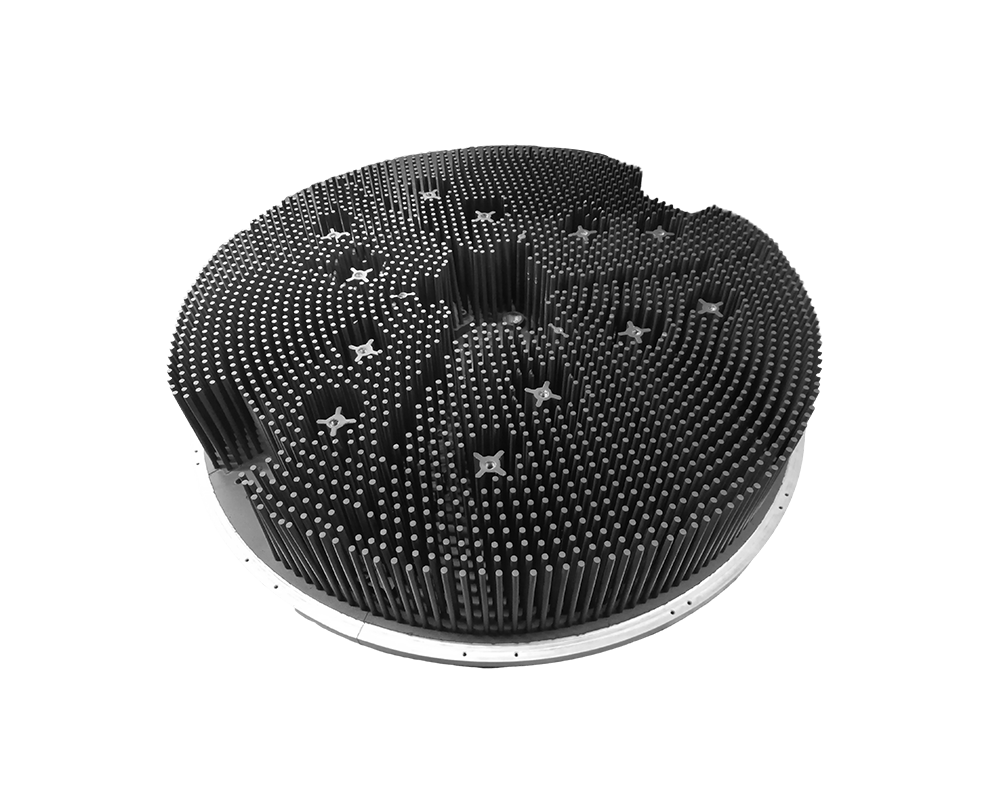2024-01-09 hits:0 source:News

Due to the presence of elements such as silicon and copper in die cast aluminum alloys, the passivation corrosion resistance is greatly affected. In addition to the passivation solution, another important factor related to the corrosion resistance of aluminum alloy die castings after passivation is surface pretreatment. Below, we will share some common knowledge about surface pretreatment of aluminum alloy die castings after passivation.
Passivation treatment is essentially a chemical transformation process. It is the process of chemical and electrochemical reactions between the metal surface and the relevant chemical components in the passivation solution to form a conversion film. Therefore, oil, rust, or oxide skin on the metal surface will prevent or interfere with the formation of the conversion film, so it must be thoroughly removed. If the local area on the metal surface is not cleaned thoroughly, the conversion reaction will cause the incomplete conversion film, resulting in a decrease in the anti-corrosion performance of the treated product.
The first step in surface pretreatment is to sandblasting and shot blasting the surface of die cast aluminum alloy. Sandblasting and shot blasting can not only remove oil stains on the surface of the cast aluminum alloy, but also promote the formation of passivation conversion film. The second is to do a good job of degreasing, alkaline washing, and acid washing to remove various oxide impurities on the surface of aluminum alloy. The purpose is to thoroughly remove the oil and grease on the surface of the aluminum alloy, and the various oxide impurities generated after alkaline washing treatment. Among them, the acid washing to remove light must ensure that there are no residual impurities or scales on the surface. If there are impurities or scales, they must be added to the activation and ash removal process. On the one hand, the activation and ash removal process must achieve the ash removal effect, and on the other hand, it can generate a thin layer of aluminum oxide, And keeping the surface of the workpiece in an activated state is more conducive to generating a small and dense conversion film, improving the anti-corrosion effect.
Read recommendations:
lf you have any questions or comments, you can leave us a message and we will reply to you as soon as possible
